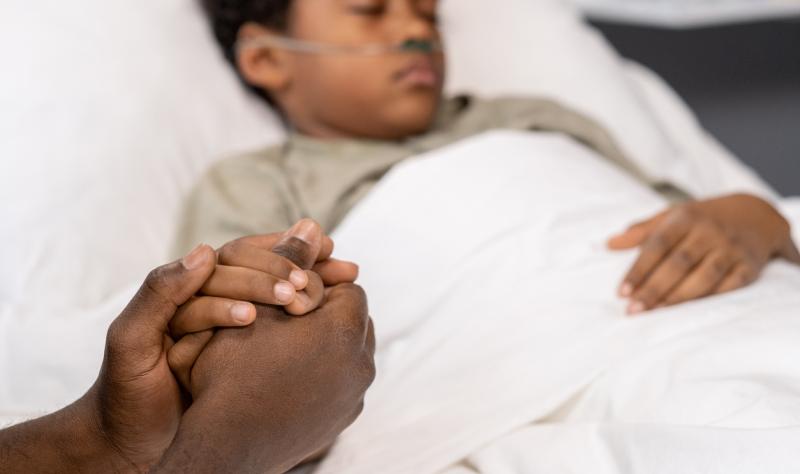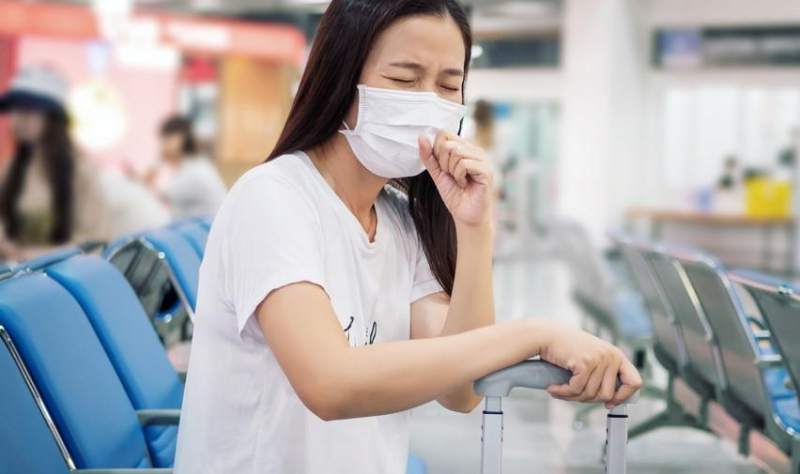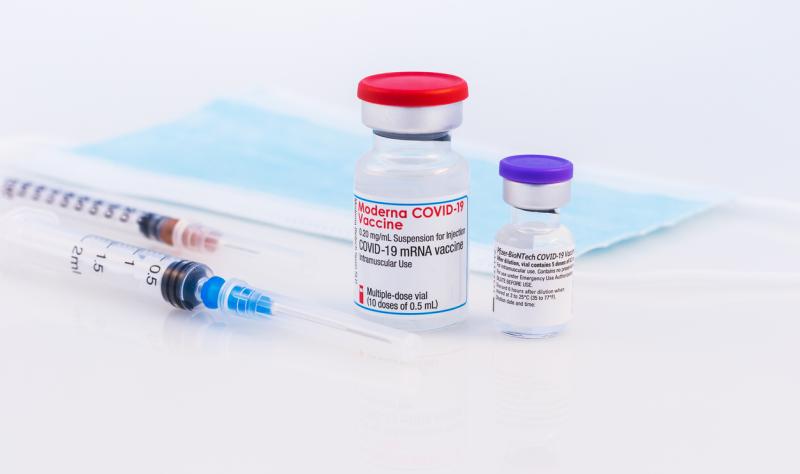Analysis shows higher COVID hospitalization rates for Black, Hispanic kids
Black and Hispanic children had higher rates of ICU admission than Asian or Pacific Islander children.


Yesterday in JAMA Network Open, researchers published a study highlighting higher COVID-19 hospitalization rates among Black and Hispanic children in the United States during the first 3 years of the pandemic.
The cross-sectional study, which was based on population-based surveillance, identified 13,555 pediatric COVID-19–associated hospitalizations from March 2020 to September 2023. Hospitalizations occurred in 12 states: California, Colorado, Connecticut, Georgia, Maryland, Michigan, Minnesota, New Mexico, New York, Oregon, Tennessee, and Utah, covering approximately 10% of the US population.
All patients were 17 years or younger at the time of hospitalization, and case-patients had a laboratory-confirmed SARS-CoV-2 infection within 14 days prior to or during hospitalization.
Overall, the average age of patients was 3.3 years, and 52.5% were boys. Asian and Pacific Islander children were the smallest group, representing 5.8% of all hospitalizations. White children represented 35.5% of hospitalizations, Hispanic children 30.5%, and Black children 28.3%.
ICU rates higher among Black, Hispanic children
Hospitalization rates were 2.15 (95% confidence interval [CI], 2.01 to 2.34) times higher for Black children and 2.06 (95% CI, 1.91 to 2.23) times higher for Hispanic children compared with Asian or Pacific Islander children.
And when hospitalized, Black and Hispanic children had higher rates of intensive care unit (ICU) admission than Asian or Pacific Islander children. ICU admission was 1.88 (95% CI, 1.28 to 2.74) times higher for Black children and 2.13 (95% CI, 1.47 to 3.10) times higher for Hispanic children.
For all races, children 4 years and younger were most frequently hospitalized, and racial disparities persisted when examining hospitalization rates among different age-groups. Among children aged 4 years or younger, cumulative hospitalization rates were 1.64 (95% CI, 1.50 to 1.83) times greater for Black children and 1.74 (95% CI, 1.60 to 1.95) times greater for Hispanic children compared with Asian or Pacific Islander children.
Rate ratios increased with age. “Rate ratios for White children of all ages compared with Asian or Pacific Islander children were not as disparate,” the authors wrote.
Disparities persisted when hospitalizations dropped
For all children, the October 2021 to September 2022 period had the highest cumulative hospitalization rates per 100, 000 population. Rates were significantly higher among Black (113.2; 95% CI, 107.33 to 118.99) and Hispanic (113.0; 95% CI, 107.48 to 118.43) children compared with Asian or Pacific Islander (64.8; 95% CI, 58.10 to 71.49) and White (77.6; 95% CI, 74.48 to 80.79) children.
In 2022 and 2023, hospitalization rates decreased for all groups. “However, hospitalization rates among Black and Hispanic children remained consistently higher compared with Asian or Pacific Islander children for each period,” the authors wrote.
Of note, nearly all vaccine-eligible children (95.2%) of all races and ethnicities hospitalized for COVID-19 in the study had not received the recommended vaccine. While the authors call for more research in the area of racial disparities, they said higher rates of asthma and chronic illness among Black children may play a role.
Increasing vaccination rates and access to early treatment for all eligible children, particularly those with underlying medical conditions that increase risk of COVID-19 hospitalization.
“Increasing vaccination rates and access to early treatment for all eligible children, particularly those with underlying medical conditions that increase risk of COVID-19 hospitalization, may help reduce persistent racial and ethnic disparities in COVID-19 hospitalization,” the authors concluded.



